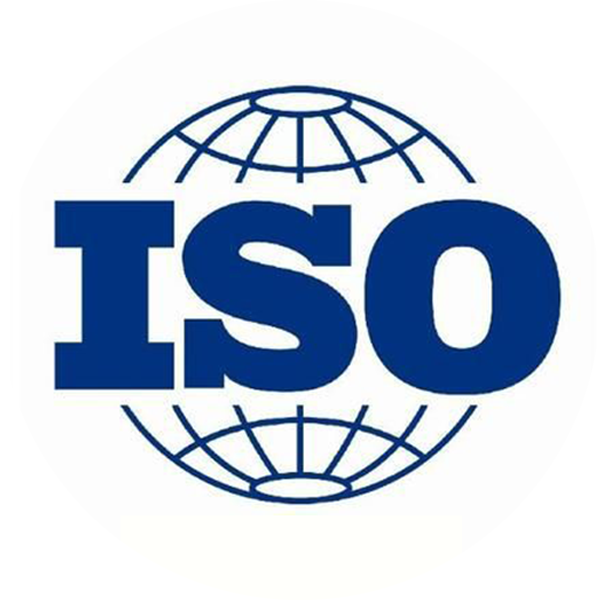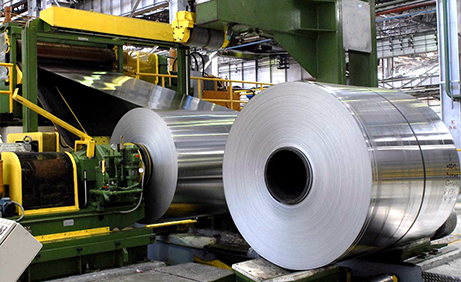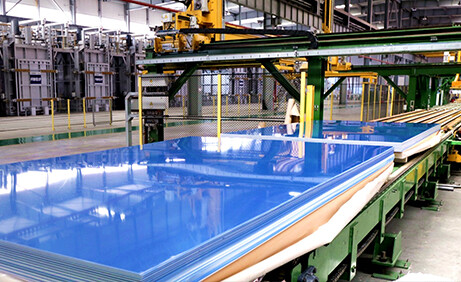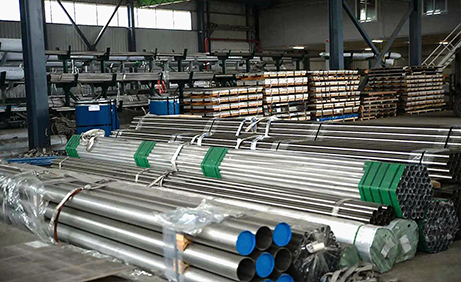PRODUCT CENTER
Categories List
Product Description
Product Detail of 6063-T5 Aluminum Heat Sink
Alloy
1100, 3003, 6061, 6063
Temper
O/F/H/T5/T6
Standard
ASTM /GM
Characteristics of 6063-T5 Aluminum Heat Sink
lightweight, corrosion-resistant, and excellent heat transfer performance
Specifications of 6063-T5 Aluminum Heat Sink
As per the customer’s drawing, for stock specifications, please contact us to get the product list.

Applications of 6063-T5 Aluminum Heat Sink
The aluminum heat sink is commonly used in the following situations:
- LED Lighting
- Central processing units (Computers, TV)
- Motor
- Transistors, Lasers
- Forced Air Heating and Cooling
- Solar Thermal Systems
- Other electronic equipment

Why Choose Aluminum As The Most Common Material For Heat Sinks?
Aluminum is the most common material for heat sinks. In particular, extruded aluminum heat sinks fit the needs of most heat transfer projects.
- Aluminium alloys are the most common material for producing aluminum heat sinks. This is because aluminum costs less than copper, and it is lightweight. So that can save some material costs. Aluminum is also a cost-effective alternative for vast industrial applications.
- Aluminum alloy has relatively good thermal conductivity. Thermal conductivity measures the ability of a metal to conduct heat. This property is a key feature to be considered of the heat sink, you can see from the below table, aluminum and copper have high thermal conductivity, while steel and bronze have lower heat conductivity. Aluminum alloy 1050A has one of the higher thermal conductivity values at 229 W/m•K but is mechanically soft. Aluminum alloys 6060 and 6063 are commonly used, with thermal conductivity values of 166 and 201 W/m•K, respectively. The values depend on the temper of the alloy. Also, for pure metals, thermal conductivity stays roughly the same with increases in temperature. However, in alloys, the thermal conductivity increases with temperature.
- Aluminum alloy has good formability, so that easy to fabricate. Extruded aluminum heat sinks can be made with several channels or fins that increase heat transfer through a higher surface-per-volume ratio.
- Aluminum alloy has good corrosion-resistant and is an excellent choice wherever strength is required.
- Aluminum has a higher strength-to-weight ratio than steel, brass, or copper.
Order Process of 6063-T5 Aluminum Heat Sink

Product Details
Chemical Composition
Aluminum Materials Grades Chemical Components
Message
Related products
What are you looking for?
8
Workshops
100.000m2
Factory Area
3000 tons
Monthly capacity

Assurance
*We respect your confidentiality and all information are protected. Maybe the time difference, We will respond to your inquiry message within 12 hours at the latest.














